Realism Tattoo Style
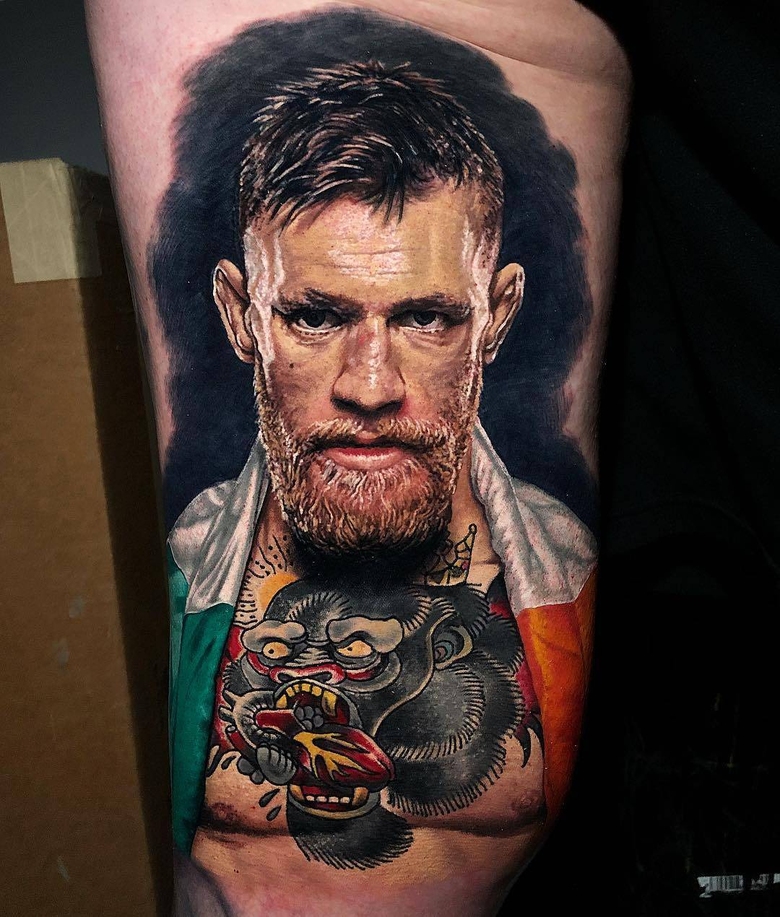
The art of hyperrealism is truly remarkable - when an artist is able to bring a 3D effect to a 2D surface such as paper, canvas, or even skin, it can be truly awe-inspiring. It takes years of dedication, hard work, and immense talent for tattooists who specialize in hyperrealism to create such complex and detailed pieces. From conceptualization to stencil to skin, the level of technique and time that goes into each work of art is truly astounding. In this article, we delve into the rich history of Realism tattooing, exploring its origins and techniques, as well as the styles of some of the most talented Realism tattoo artists of our time.
The history of Realism tattooing can be traced back to as early as 500 BC, when artists began to diverge from stoic and archaic conceptual art to create works that closely mirrored realistic proportions and elements. This trend continued through the High Renaissance of the 1500s, with masters such as Michelangelo, Da Vinci, Rembrandt, and Titian paving the way for contemporary artists to push the boundaries of realism. Using techniques like measuring facial features, perspective, and the Camera Obscura, these artists sought to create depictions of life that were as close to reality as possible.
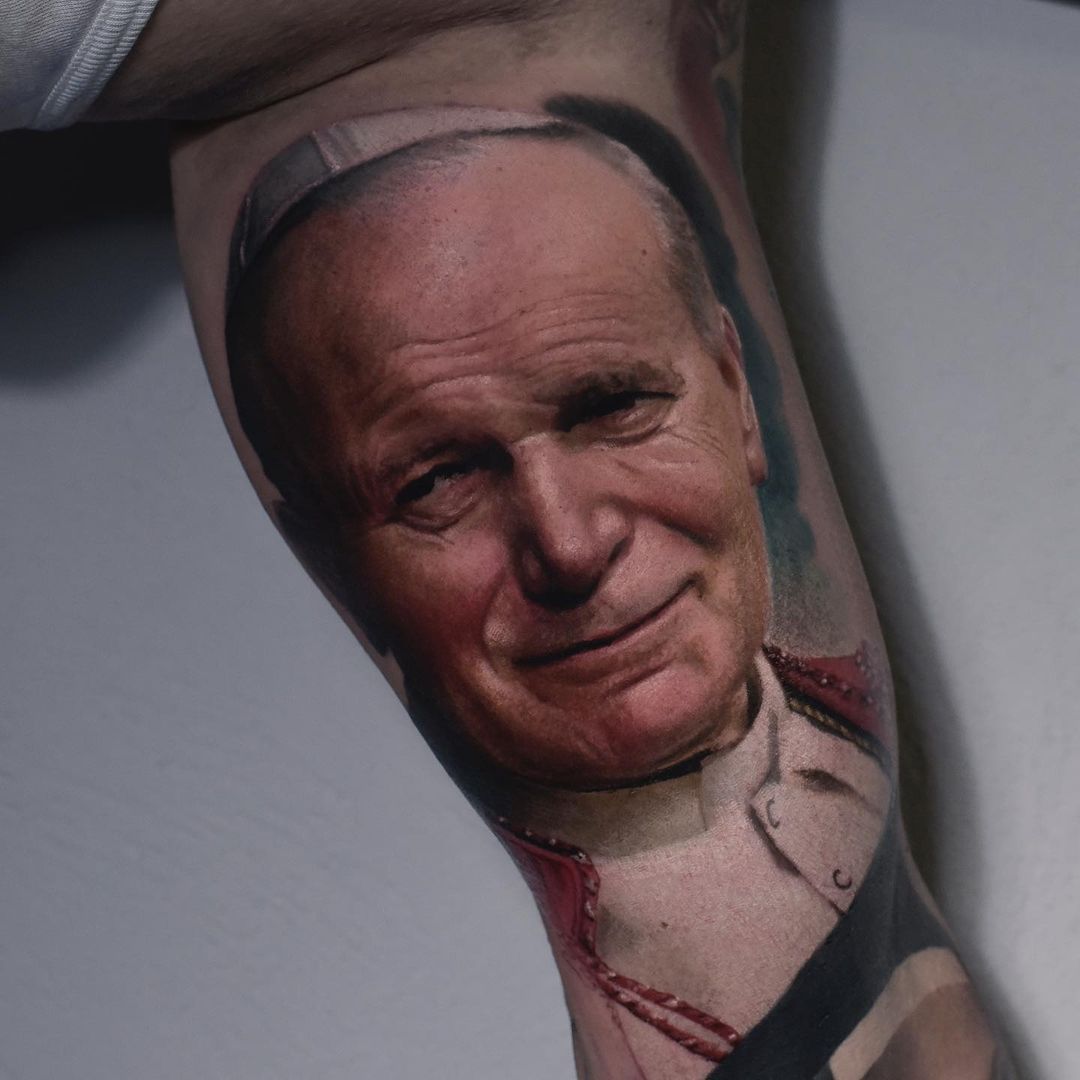
In the 19th century, the Realism movement took hold, with artists like Courbet and Millet drawing inspiration from the Old Masters while also embracing new philosophies to create inclusive depictions of authentic life. Even today, many Realism tattooists draw on the techniques and subject matter of the Old Masters, but it wasn't until the invention of the camera that realism truly took off in the arts. Through exploring the rich history of Realism tattooing, we gain a deeper appreciation for the immense skill and creativity required to create these breathtaking works of art.

The history of Realism Tattooing is a fascinating one, with its roots in both fine art and prison culture. Starting with the masters of the High Renaissance and moving forward to the Realism movement of the 19th century, artists have long been striving to capture the world around them with as much accuracy as possible. However, it wasn't until the invention of the camera and subsequent advancements in technology that realistic painting began to decline in popularity. It was during the 60's and 70's that Photorealism emerged as a direct opposition to Abstract Expressionism and Minimalism, leading to the evolution of Realism Tattooing.
On the other hand, Black and Grey Realism Tattooing had its origins in the Chicano prison culture of California during the 70's. Despite being created with homemade materials like pen ink and sewing needles, these tattoos incorporated a variety of imagery, including Catholic iconography, Aztec stonework, and heroes from the Mexican Revolution. When Freddy Negrete was released from jail, he continued his work in Black and Grey Realism Tattooing and helped establish it as an important style within the tattooing community.
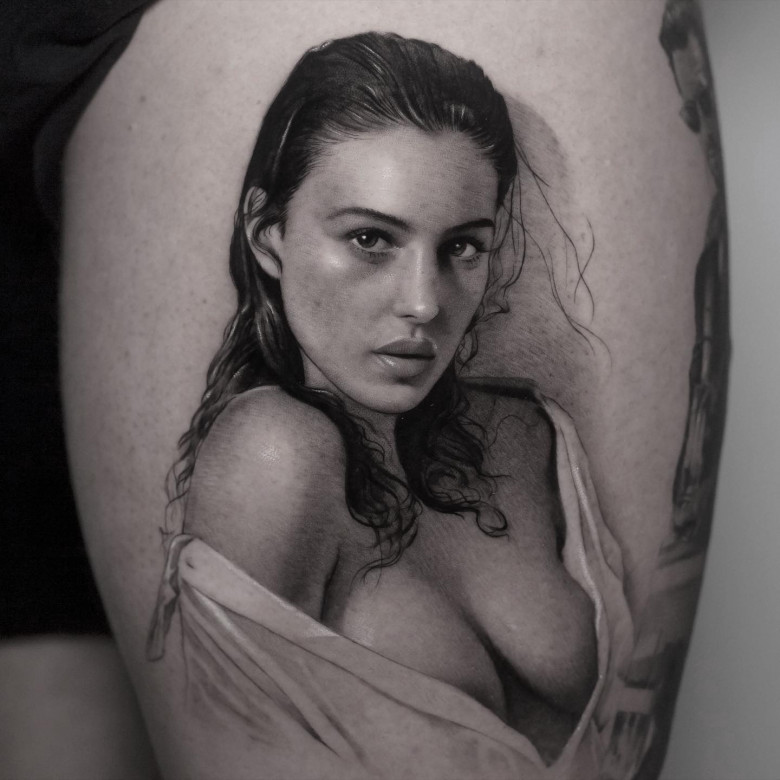
Realist Tattoo Techniques: Shadow Mapping and Micro-Realism
Realism tattooing is a style that requires a lot of planning and technical skill. One of the main methods used by Realist tattoo artists is shadow mapping, which involves carefully mapping out the shadows, highlights, and contrasts of a design before starting the tattooing process. This technique, along with the use of photographic sources taped to the artist's workspace, helps to create a topographic-like contour line that outlines the areas of the design.
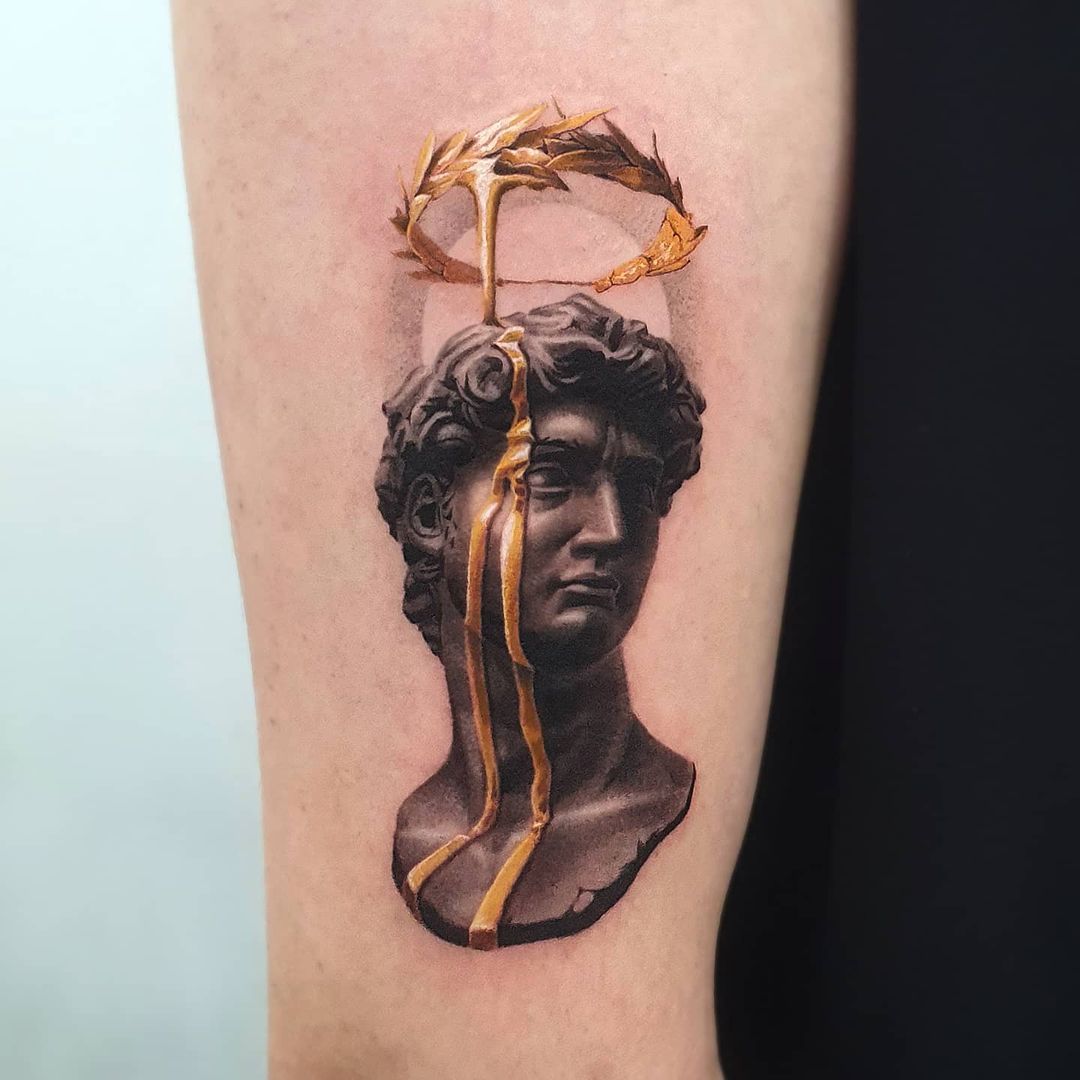
In Seoul, Korea, Realism tattooing has evolved into a new style known as Micro-Realism. Artists at Studio By Sol have pioneered this style, which involves creating incredibly realistic pieces that are done in an impossibly small size, often with a watercolor and illustrative influence. To prevent pigments from spreading over time, many of these artists employ a thin black outline.
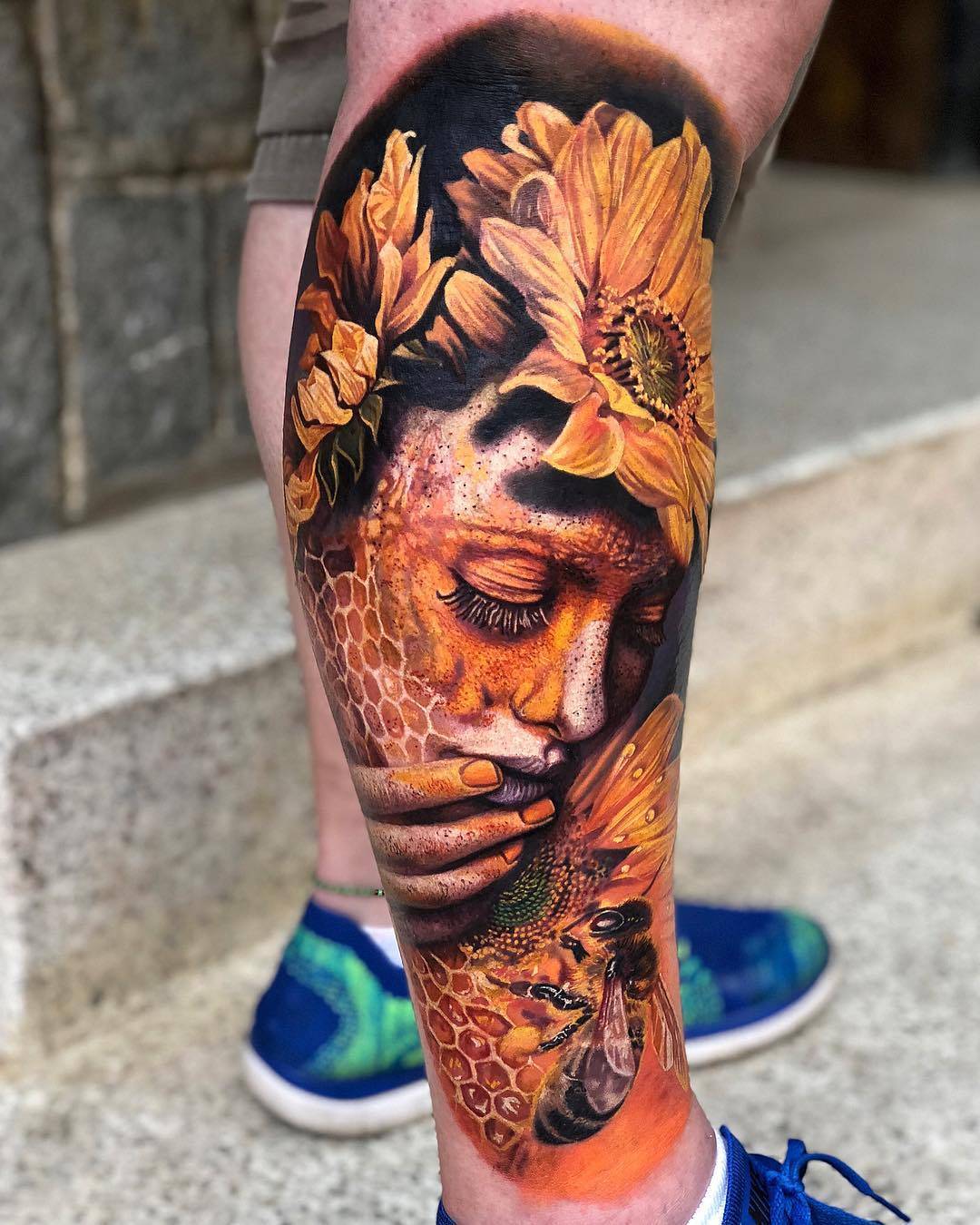
Surrealism is another style within the Realism genre. It involves dreamy, lifelike scenes and portraits juxtaposed with unexpected combinations of ordinary objects. Realism, Surrealism, and Micro-Realism all allow tattoo artists to bring together the beautiful and stimulating aspects of life onto the canvas of the body.
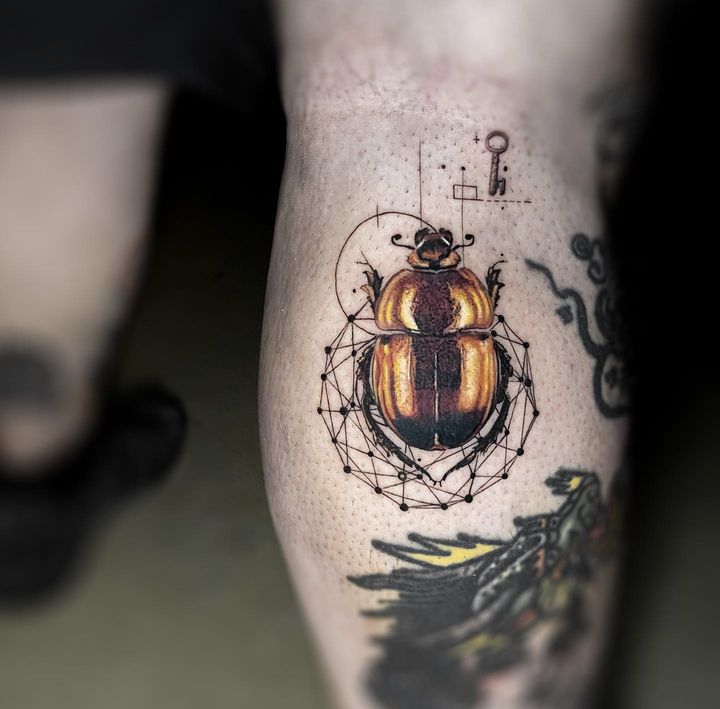


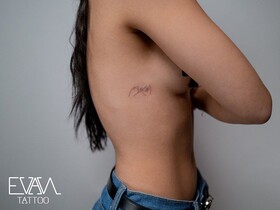
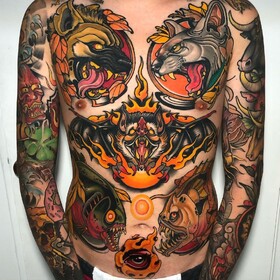
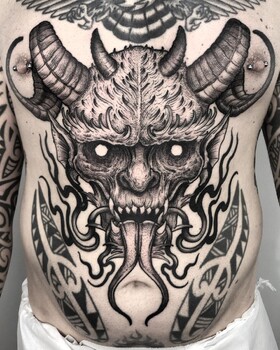
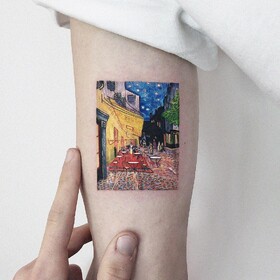
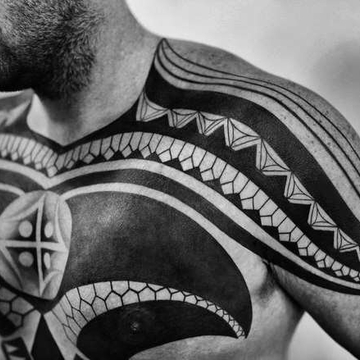
Comments (0)